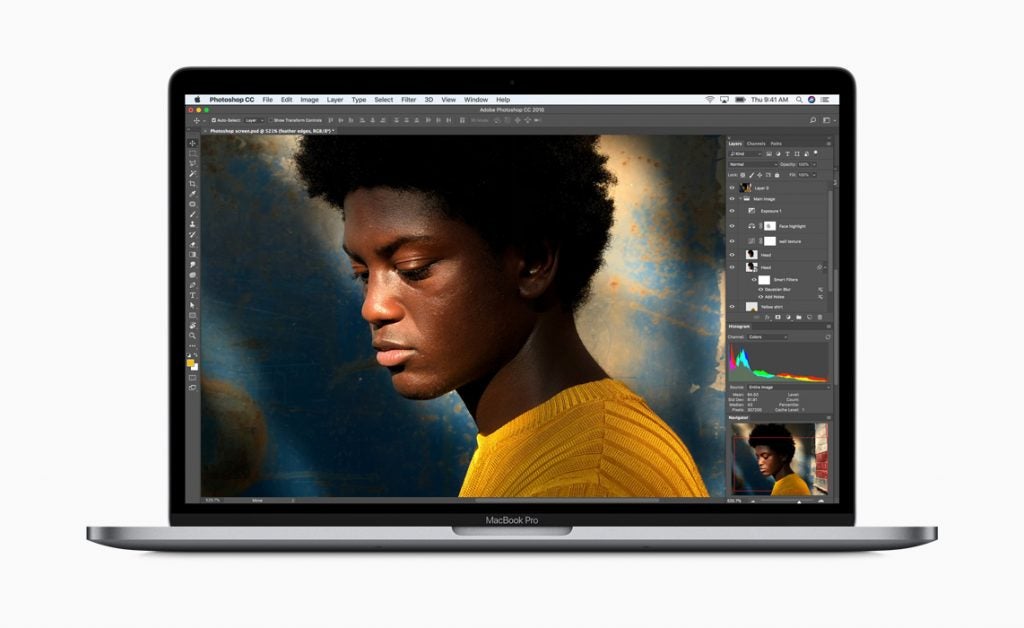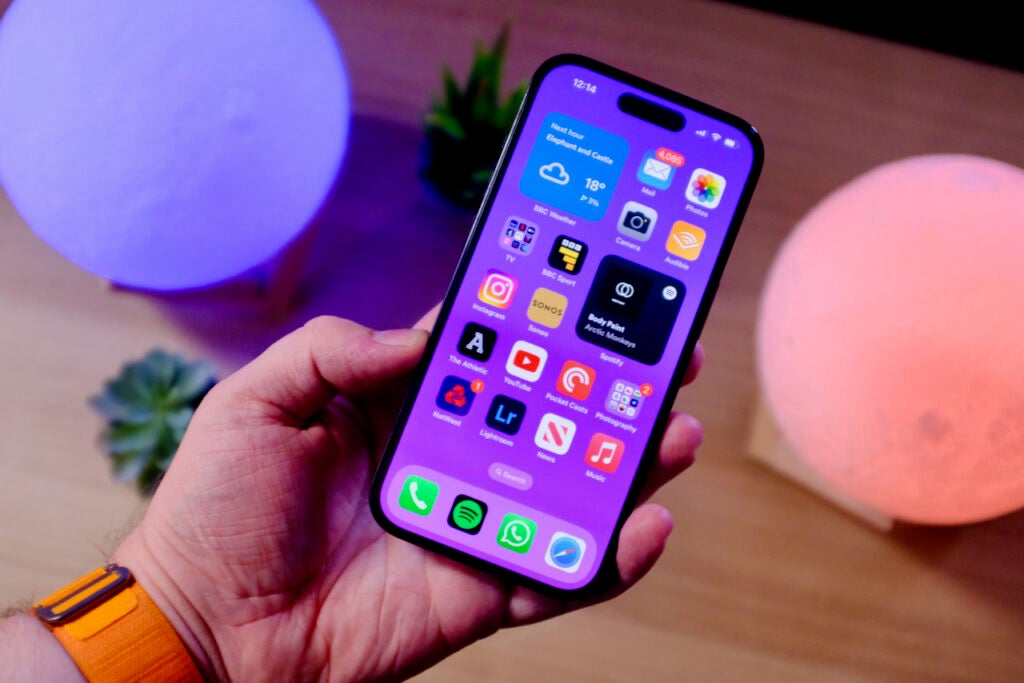Apple has utilised True Tone display tech in its iPhone, iPad and Mac collections for years, but what is it, and is it actually worth enabling on your phone, tablet or laptop?
Apple’s True Tone technology has been around for a while now. In its simplest form, it essentially makes images appear more natural in different lighting conditions for a more consistent visual experience, regardless of whether you’re looking at the screen in a dark room or during a dazzling sunset.
True Tone tech first appeared on the 9.7-inch iPad Pro back in 2016, but it wasn’t an iPad exclusive for long, making its debut on the iPhone 8 not long after. The tech has become a staple of Apple tech in the years since, making an appearance on many models of iPad, practically every iPhone and a growing number of models of MacBook.
If you’re intrigued, here’s everything you need to know about Apple True Tone screen tech, including what it is, how it works and where you can find the display technology.
What is Apple True Tone?
True Tone is an Apple display technology designed to make images appear more natural in different lighting situations.
This involves adjusting the brightness and the temperature of the colours on the screen to fit the light around them. This means that regardless of whether your environment has a cool blue or warm orange light, the colours on the screen should remain consistent. It’s a particularly big deal for digital creatives that need consistent colour in their projects, hence why it made its initial appearance in the top-end iPad Pro range.
According to Apple, the True Tone technology “uses advanced multichannel sensors to adjust the colour and intensity of your display to match the ambient light so that images appear more natural”.


How does True Tone differ from Night Shift?
Night Shift is another Apple display technology that adjusts the colours on your screen. However, unlike True Tone, Night Shift pushes the colours toward the warmer end of the spectrum to make scrolling easier on the eyes late at night.
Night Shift uses your device’s clock and geolocation to determine when the sun will set in your location and automatically adjust the colours accordingly. Given that late-night blue light exposure is linked with sleep issues, it’s another handy display feature.
Once the morning arrives, your display will return to its usual, cooler colours.
Is True Tone good for your eyes?
Like Night Shift, True Tone could produce less strain on the eyes. However, this isn’t its main purpose. It’s more to deliver accurate colours, whether you’re doodling in Procreate or watching a movie on Netflix.
Does True Tone display tech drain the battery faster?
No, True Tone should not have a negative effect on your device’s battery life.
Some reports actually claim True Tone can extend your device’s battery life, but we can’t find any mention of this on Apple’s website so take this with a grain of salt.


Which devices support Apple True Tone?
The True Tone technology can be found across pretty much all current iPhone, iPad and Mac devices in 2024, but if you’re ever unsure, you can check the spec sheets on Apple’s website.
The feature is enabled automatically on most devices, but you can always toggle it on and off by diving into your iOS and iPadOS settings or MacOS system preferences.




